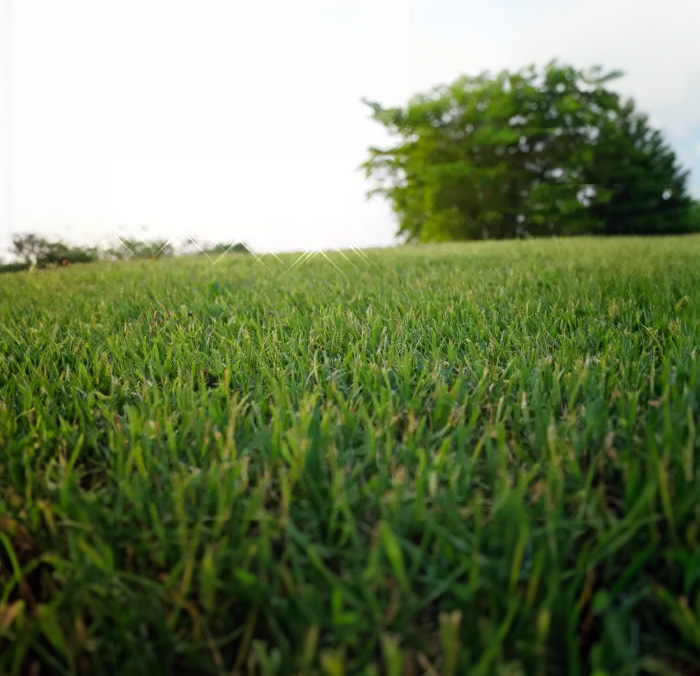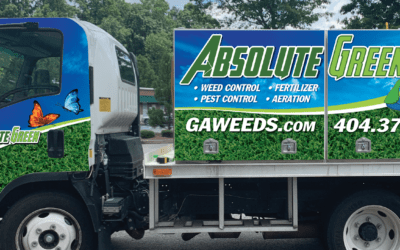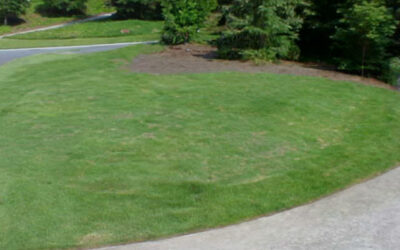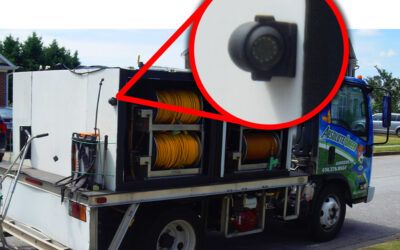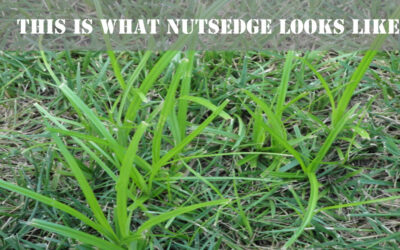Dethatching
Dethatching is simply the process of removing dead organic material from the top of your soil. Removing this layer of of organic material can allow water and also nutrients from fertilizer to get into the soil and to the roots of your grass. With too much thatch, your healthy grass is also inhibited from spreading out and growing as thick, so you’re more likely to have brown spots in your yard. The process usually results in people being surprised at just how much dead organic material was in their yard (see pile of thatch below).

What is Thatch
A lot of thatch is dead grass or grass blades that have folded down, but it also includes fallen sticks, acorns, and the like. A thin layer of thatch is nothing to worry about, in fact it can even slow water loss, but too much of it can be detrimental, and that’s when you need to consider dethatching.

When and How to Thatch
For warm-season grasses, I recommend dethatching in the early summer or during the summer growing season. For cool-season grasses, dethatch in the fall. For both types of grass, make sure to dethatch only during the growing season.
WARNING: You don’t want to dethatch during times of dormancy, or when the grass is stressed out from overly wet or or dry conditions.
To make the job of dethatching easier, you can use a rake or a powered option to make your job easier if your lawn is large. Doing this when the grass is dry is easier, so wait for water from the sprinkler or a recent rain to dry, just make sure it’s not during a drought.

Dethatching Tips
You’re more likely to need to dethatch if you haven’t been following UGA’s recommended guidelines for aeration, which is to do so at least once a year. At Absolute Green Landscaping, we do aerations from May until the end of August. Just give us a call!
Hope to hear from you soon!
Dethatching
Dethatching is simply the process of removing dead organic material from the top of your soil. Removing this layer of of organic material can allow water and also nutrients from fertilizer to get into the soil and to the roots of your grass. With too much thatch, your healthy grass is also inhibited from spreading out and growing as thick, so you’re more likely to have brown spots in your yard. The process usually results in people being surprised at just how much dead organic material was in their yard (see pile of thatch below).

What is Thatch
A lot of thatch is dead grass or grass blades that have folded down, but it also includes fallen sticks, acorns, and the like. A thin layer of thatch is nothing to worry about, in fact it can even slow water loss, but too much of it can be detrimental, and that’s when you need to consider dethatching.

When and How to Thatch
For warm-season grasses, I recommend dethatching in the early summer or during the summer growing season. For cool-season grasses, dethatch in the fall. For both types of grass, make sure to dethatch only during the growing season.
WARNING: You don’t want to dethatch during times of dormancy, or when the grass is stressed out from overly wet or or dry conditions.
To make the job of dethatching easier, you can use a rake or a powered option to make your job easier if your lawn is large. Doing this when the grass is dry is easier, so wait for water from the sprinkler or a recent rain to dry, just make sure it’s not during a drought.

Dethatching Tips
You’re more likely to need to dethatch if you haven’t been following UGA’s recommended guidelines for aeration, which is to do so at least once a year. At Absolute Green Landscaping, we do aerations from May until the end of August. Just give us a call!
Hope to hear from you soon!

